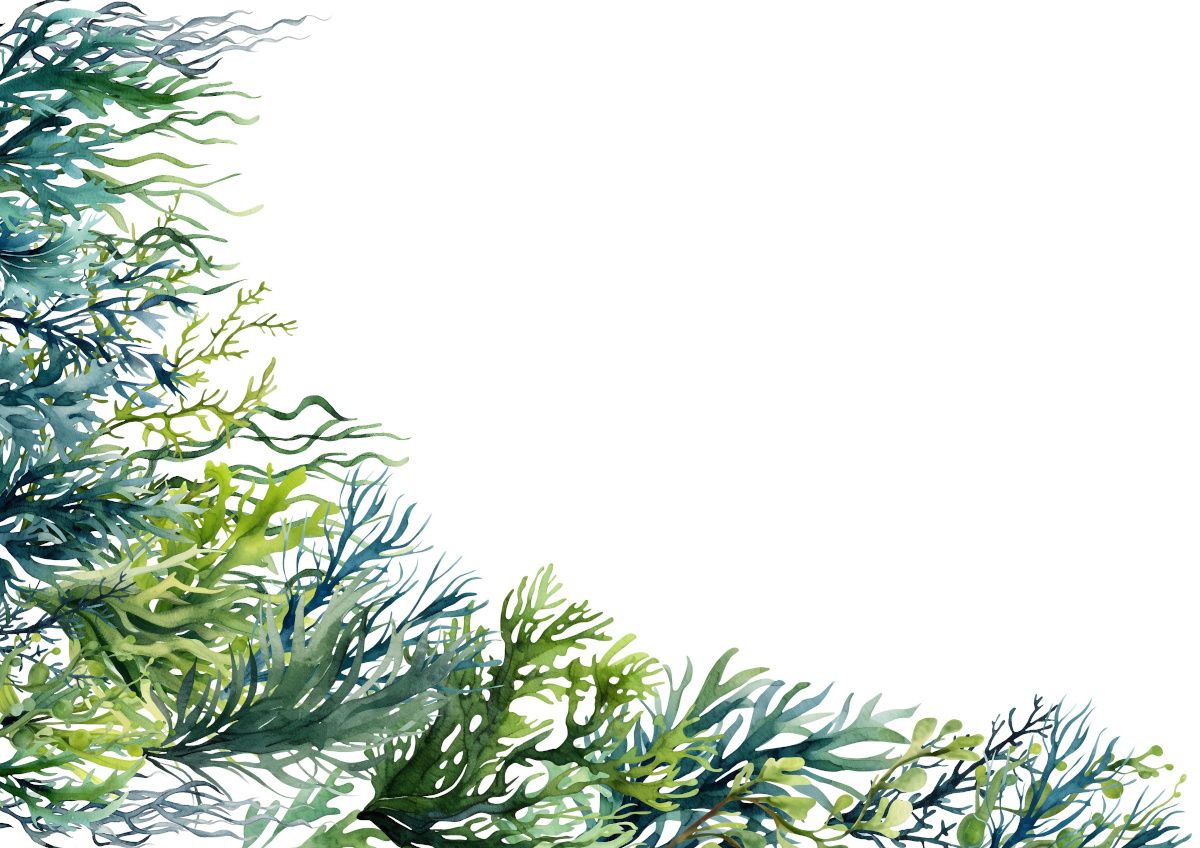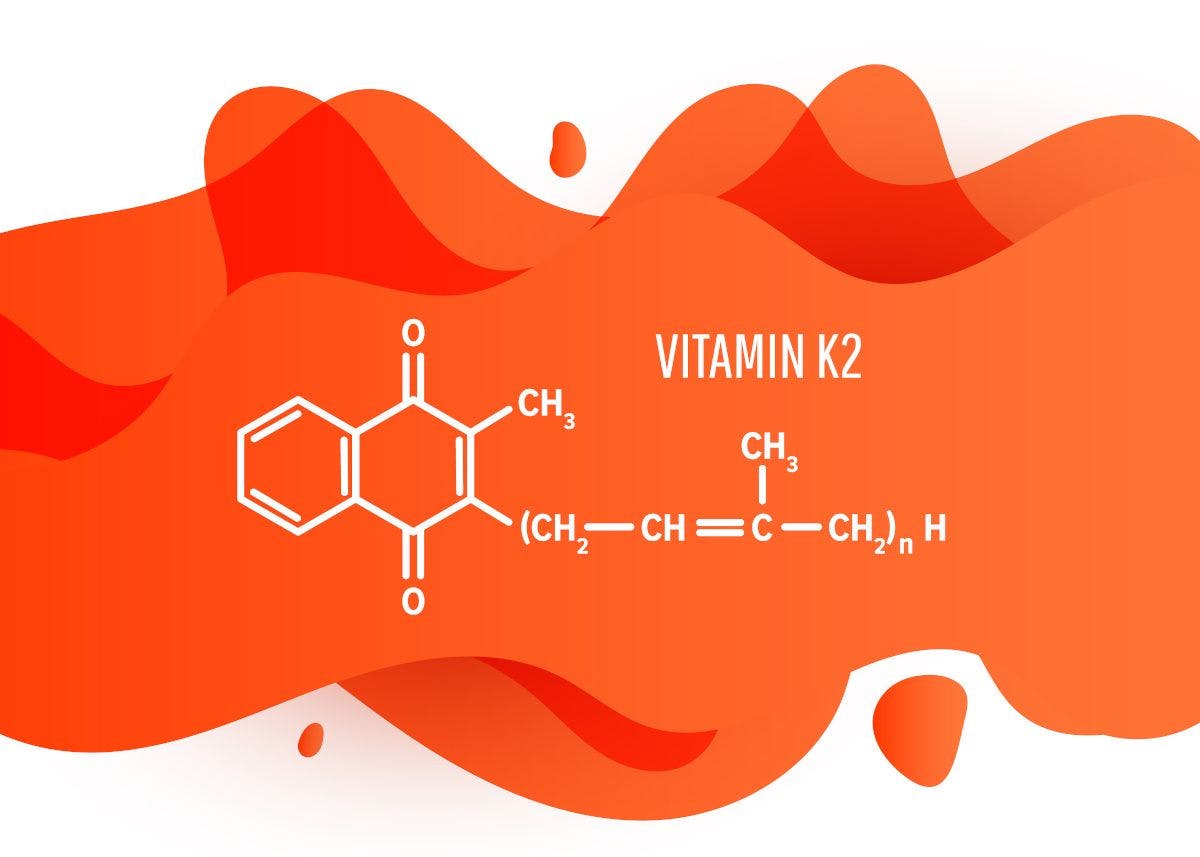Sustainability and marine plants
A look at marine plants and how to sustainably harvest and process them.
Photo © AdobeStock.com/BarvArt

When it comes to sustainability of marine biomass, the most common topic of conversation is fish and other organisms such as krill. This is particularly true given the recent supply chain issues regarding fish oil. In June of 2023, the Peruvian Ministry of Production canceled the first of two anchovy fishing seasons because of a high incidence of juvenile fish found during exploratory fishing performed by the Peruvian Sea Institute (Imarpe).1 While Peru proceeded with the second anchovy fishing season, the quota was set at 26% below the previous year’s quota.2
However, marine plants are not immune to ecological factors, and play just as crucial a role in the production of foods, beverages, and nutraceuticals. For example, IFF (New York) recently partnered with an NGO called Bellona to help restore Norway’s seaweed forests which have been succumbing to invasive sea urchin predation. IFF tells Nutritional Outlook that the company has been extracting alginates (a biomaterial extracted from brown seaweed) since 1943, which has a wide variety of applications across industries.
“Due to its unique properties and ease of gelation, it can be used in wound dressing, drug delivery, and tissue engineering. IFF extracts and delivers several alginate grades used for anti-reflux and against gastro-esophageal reflux, for sustained release of actives from tablets, dental impressions, and wound dressings,” explains Trond Helgerud, principal scientist and seaweed R&D leader, Nourish, IFF. “Alginates in food are used as a stabilizer (e.g. ice creams, low fat spreads). Due to its gelling capabilities, it is also commonly used to provide structure to foods like bakery creams, fruit fillings in cereal bars, and animal food.”
Given their ubiquity, let’s take a look at how marine plants are harvested and produced to prioritize sustainability.
Microalgae
One of the most recent innovations in microalgae is algal omega-3, and its popularity has been helped along by the struggle fisheries have been having. Smaller quotas mean lower fish oil yields, and the subsequent high prices have driven up interest in alternatives to fish oil omega-3s. The interest in algal omega-3 is so great that The Global Organization for EPA and DHA Omega-3s (GOED) submitted a proposal for new work last June to the Codex (Codex Alimentarius Commission) Committee on Fats and Oils (CCFO) to consider the creation of a Standard for Microbial (i.e. algae) Omega-3 Oils. Codex is the body established by the Food and Agriculture Organization (FAO) and the World Health Organization (WHO) to develop food standards under the Joint FAO/WHO Food Standards Program.
Certain fish like anchovies and sardines are rich in omega-3s because of the microalgae they consumer in the ocean.3 Species of microalgae such as Schizochytrium, are therefore a good source of long-chain polyunsaturated fatty acids, particularly DHA. The challenge is cultivating the microalgae. Currently, the most popular method of produced algal omega-3s is through fermentation. This is in contrast to phototrophic methods which employ light and CO2 to feed and grow the microalgae, either in open ponds or a closed system. Although phototrophic methods can be more energy efficient compared to fermentation, they may also lower the productivity of biomass and lipids. Fermentation therefore has the potential to produce higher cell density of microalgae, and they are also not restricted to daily light cycles and geography, opening up the potential for day and night production of microalgae for more consistent and predictable production.3 Consistency and predictability are among the biggest draws for algal omega-3.
Of course, microalgae is not new to the nutraceutical industry, which has been producing products like chlorella, spirulina, and astaxanthin for a long time. While fermentation is being used for the production of algal omega-3 ingredients, other microalgaes are most commonly grown in either open ponds or closed photobioreactors. Open air systems such as ponds and tanks directly utilize sunlight which allows this method to have a high net energy ratio compared to closed systems, but there is the potential risk of contamination and growth instability due to fluctuations in temperature and light.3
Closed systems prevent contamination while still utilizing the sun’s energy, making it a superior process that creates a superior product, Shaheen Majeed, CEO of BGG Americas (Irvine, CA) tells Nutritional Outlook. BGG’s subsidiary Algae Health Sciences produces microalgae ingredients such as astaxanthin. Of course, closed systems are not without their challenges, and different microalgae strains have different requirements.
“Some, like spirulina, grow in highly alkaline media culture in which foreign organisms can’t survive, so it’s much easier to produce than, for example, Haematococcus (used to extract astaxanthin), which grows in a ph-neutral environment. This environment allows pretty much anything to survive, so that’s where technological know-how reigns supreme,” explains Majeed.
With closed systems, manufacturers can control environmental factors such as temperature, nutrition concentration, and salinity to reduce the risk of contamination and generate more biomass. This allows for the cultivation of a wide range of microalgae species as well as more consistent results.
Seaweed
While microalgae are not actually harvested from the ocean, seaweed, also known as macroalgae, often is. Sustainability is particularly important in this case to preserve ecosystems and prevent over-harvesting. Sometimes, seaweed are pests that need removal. For example, the Australian biotechnology company Marinova Pty Ltd. (Cambridge, TAS, Australia) harvests two species of brown seaweed to process and extract fucoidan. One of these species, Undaria pinnatifida, is native to Japan, and was introduced unintentionally to the southern hemisphere by visiting Japanese vessels.
“The company’s seaweed harvesting practices adhere to the principles of the Nagoya Protocol, including the utilization of an invasive seaweed species in order to support biodiversity in the marine environment. In recent years Marinova has also aligned its practices with the Sustainable Development Goals (SDGs) outlined by the United Nations,” explains Rod Shelley, Marinova’s business development manager.
The other species, Fucus vesiculosus, is harvested off the coast of Nova Scotia. Known also as “bladderwrack,” it is typically found on sheltered coastlines in the Northern Hemisphere, and has a history of being utilized for traditional medicines, as well as being key to the discovery of iodine in the early 1800s, says Shelley. On top of sustainable practices, Marinova emphasizes that it only harvests these seaweed from remote, “pristine” locations where they are not prone to industrial, human, or agricultural contamination.
For other brands, reducing the risk of contamination means using aquaculture to grow seaweed species because it allows for greater control of safety and quality. “Controlled growth in aquaculture allows for targeted cultivation of specific seaweed species with desired active contents, such as fucoxanthin and fucoidan,” says BGG’s Majeed. “This approach prevents the harvesting of immature or undesirable species, effectively reducing pressure on wild populations and promoting biodiversity.”
Seaweed aquaculture may also be beneficial to the environment in that they can serve as carbon sinks to absorb CO2 from the atmosphere.
When it comes to maximizing yields for extraction and meeting consumer demand, the control afforded by aquaculture is beneficial. “By controlling growth factors such as light, nutrients, and temperature, aquaculture ensures consistent levels of fucoxanthin and fucoidan in the harvested seaweed,” says Majeed. “This standardization leads to more predictable and reliable nutraceutical products.”
That said, wild harvesting done the right way can also offer consistently high yields. “Marinova has been able to maximize fucoidan yields by harvesting seasonally, in line with the seaweeds natural growth cycles,” says Shelley. He also explains that the quality and integrity of the product can depend on the extraction process as well. According to Shelley, the use of solvents to “precipitate the fucoidan polymer from crude seaweed extracts” may lead to the presence of contaminants in the final product and inconsistent quality. Marinova for its part uses a proprietary mild aqeous process that does not use organic solvents. BGG too promises high quality extract with high levels of purity (70 to 85%) and very low levels of heavy metals.
References
- Peru cancels first anchovy season. AquaFeed. June 9, 2023. https://www.aquafeed.com/commodities/news/peru-cancels-first-anchovy-season/ (accessed 2024-02-20)
- Peru’s second anchovy season authorized. AquaFeed. October 25, 2023. https://www.aquafeed.com/commodities/news/peruvian-second-anchovy-season-authorized/ (accessed 2024-02-20)
- Quin, J.; Kurt, E.; Bassi, T.L. Sa, L. Biotechnological production of omega-3 fatty acids: current status and future perspectives. Front Microbiol. 2023, 14. DOI:10.3389/fmicb.2023.1280296
Prinova acquires Aplinova to further increase its footprint in Latin America
April 7th 2025Prinova has recently announced the acquisition of Brazilian ingredients distributor Aplinova, which is a provider of specialty ingredients for a range of market segments that include food, beverage, supplements, and personal care.















